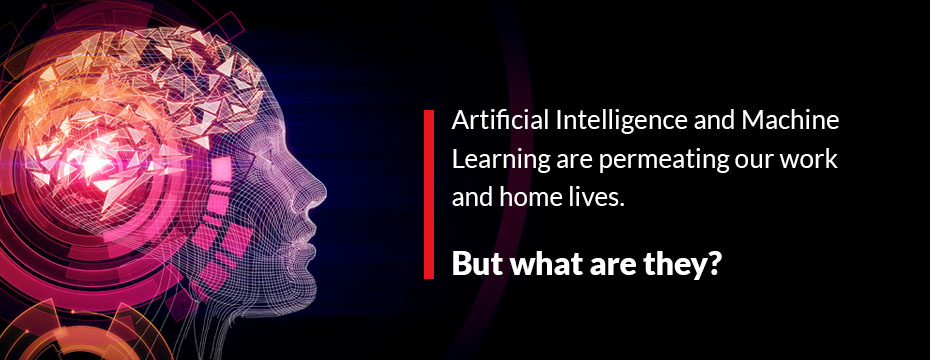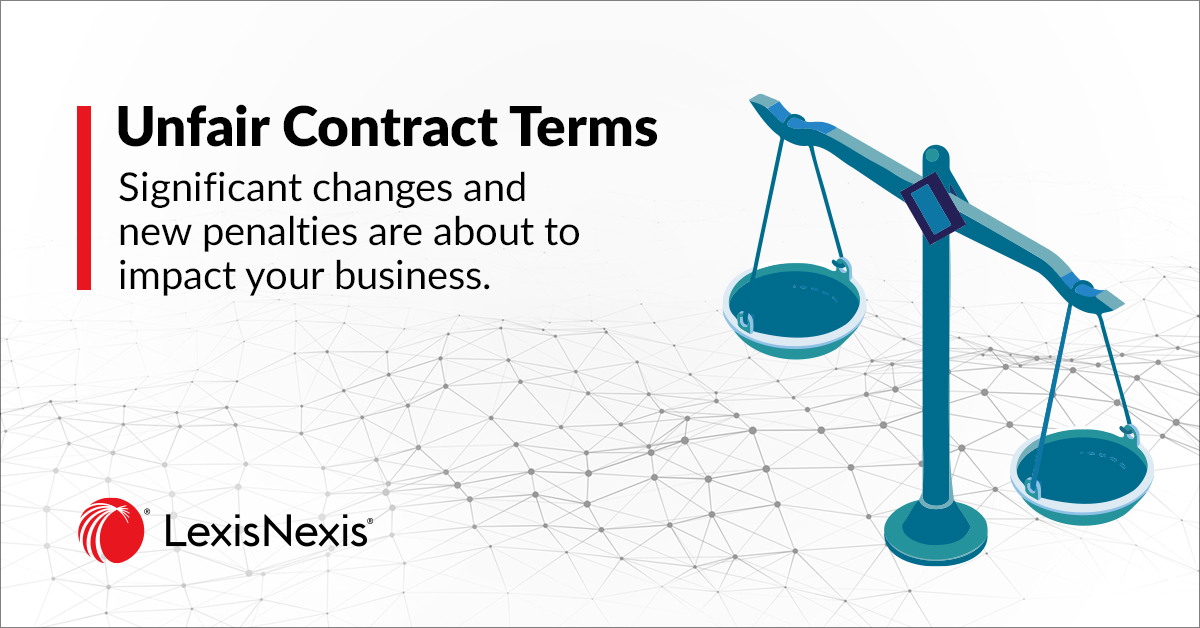
In 2022, artificial intelligence and machine learning permeate our work and home lives. But what are they?
02 June 2022 09:00
Lawyers and other professionals must apply their expertise to the hard problems of law, business and society in a saturated information environment on a daily basis. What’s more, the legal, financial and geopolitical landscape in which we work is constantly evolving and becoming increasingly complex. In this context, new technology solutions are indispensable tools for achieving our goals, staying agile, and maintaining competitiveness.
One of these tools is Artificial Intelligence (AI) and its sub-discipline Machine Learning (ML). A great deal of buzz has been generated in recent years about AI/ML and its potential for use in legal technology. The discourse around disruptive technologies can make it difficult to sort fact from fiction, and present applications from potential future use. Here, we define AI/ML, touch on some applications of AI in daily life, and take a look at the use of AI in legal technology.
What is AI/ML?
‘Artificial Intelligence’ is the programming of machines to think, learn and act in ways that mimic aspects of human intelligence.
The concept of AI is not new, although it is only in relatively recent years that we have seen AI proliferate in the applications and devices that we use regularly.
In a 1950 article titled ‘Computing Machinery and Intelligence’, mathematician Alan Turing posed the question, “Can machines think?”. He hypothesised a test in which a human attempts to distinguish between answers to questions given by a machine from those given by another human. (This test famously came to be known as the ‘Turing test’, but Turing called it the ‘Imitation Game’). If the answers were indistinguishable, then the machine could be said to be intelligent.
In the decades since Turing’s article, AI research and development have evolved in leaps and bounds. General AI - a type of AI that contemplates a machine that can reason and think as well as or better than a human - remains theoretical in nature. Narrow AI, on the other hand, is very much a reality. This is the programming of machines to perform a single task.
Distinct sub-fields of AI have formed, including ML, deep learning, and Natural Language Processing (NLP). In ML, algorithms ingest training data, learn from the relationships and patterns in that data, and use that learning to improve the accuracy and relevance of their output.
Where do we encounter AI/ML in our day-to-day lives?
We are surrounded by applications of narrow AI/ML in our daily lives. Many of these applications have become indispensable to us. If you have used Siri, Alexa or Cortana, you have interacted with a form of narrow AI designed to ingest voices and recognise language (using a subfield of AI called Natural Language Processing, or NLP). Recommendation engines - like you would find on YouTube, Netflix or Spotify - learn from the content that you have previously interacted with in order to recommend other content that you may enjoy. Autonomous and semi-autonomous forms of transportation are also applications of artificial narrow intelligence.
AI/ML and legal technology
Law and its language represent both a challenge and opportunity for AI/ML.
Legal content tends to be dense, unstructured, and rich with subtext. Significant expertise and domain knowledge are required to interpret and operationalise it in the circumstances of a particular matter. For instance, statutory language construed in context may bear a different meaning from ordinary dictionary definitions. There’s a good reason why lawyers say “It depends” so often!
Nonetheless, the use of AI/ML methods is becoming more common in legal technology. Ideally, AI/ML both frees up lawyers from time-consuming, manual tasks that are more efficiently performed by a machine and reveals insights from large amounts of data. Currently, common use cases for AI/ML in legal technology include contract review in due diligence, document automation, eDiscovery, and research.
 | Claire Linwood is the Product Manager at LexisNexis® for Lexis® Clause Intelligence. |
LexisNexis has invested significantly in developing AI-based legal solutions to meet the drafting needs of legal professionals with the release of Lexis® Create and Lexis Clause Intelligence. Lexis Create streamlines the drafting workflow, allowing lawyers to draft, proofread, check citations, redact and save clause snippets, all while remaining in the Microsoft Word environment. Lexis Clause Intelligence - available both within Lexis Create and in a lightweight, browser-based format - leverages AI methods to surface relevant clauses from the comprehensive Australian Encyclopaedia of Forms.
Experience the power of AI-powered LexisNexis solutions, making legal drafting easy, simple and more efficient! For more information, sign up for a free demo using the form below.
Latest Articles
-
 3 tips for banking and finance lawyers when responding to an ASIC enquiry, and how to avoid misleading or deceptive conduct.
3 tips for banking and finance lawyers when responding to an ASIC enquiry, and how to avoid misleading or deceptive conduct. -
 Significant increases to competition and consumer law penalties have commenced and sweeping reforms to the unfair contract terms regime will follow in 12 months’ time.
Significant increases to competition and consumer law penalties have commenced and sweeping reforms to the unfair contract terms regime will follow in 12 months’ time. -
 The Australian Securities and Investments Commission (ASIC) is calling on Australian CEOs, from public companies, large proprietary companies and corporate superannuation trustees to review their whistleblower policies and processes to ensure compliance with private sector whistleblower laws.
The Australian Securities and Investments Commission (ASIC) is calling on Australian CEOs, from public companies, large proprietary companies and corporate superannuation trustees to review their whistleblower policies and processes to ensure compliance with private sector whistleblower laws.
Practical Guidance
Your one-stop solution for accurate legal answers from Australian legal experts. Tools, practically focused guidance notes, checklists, precedents, and training materials support and streamline your legal workflow.
LEARN MORE LexisNexis
LexisNexis